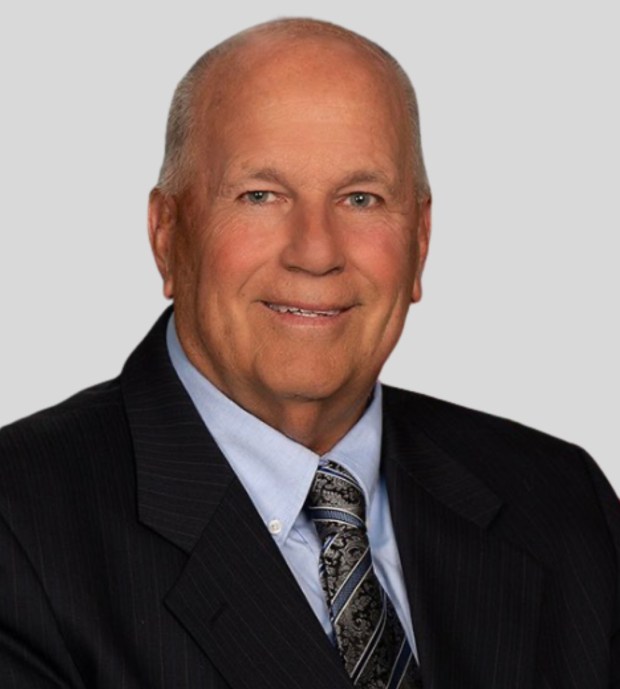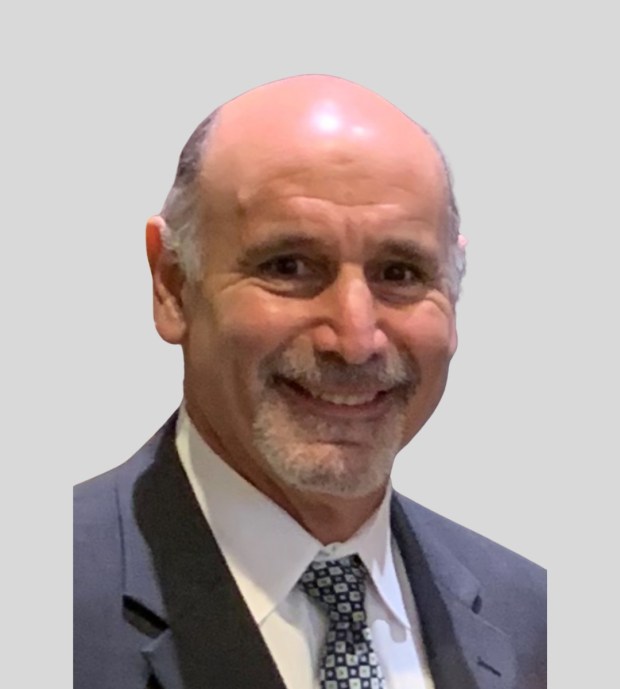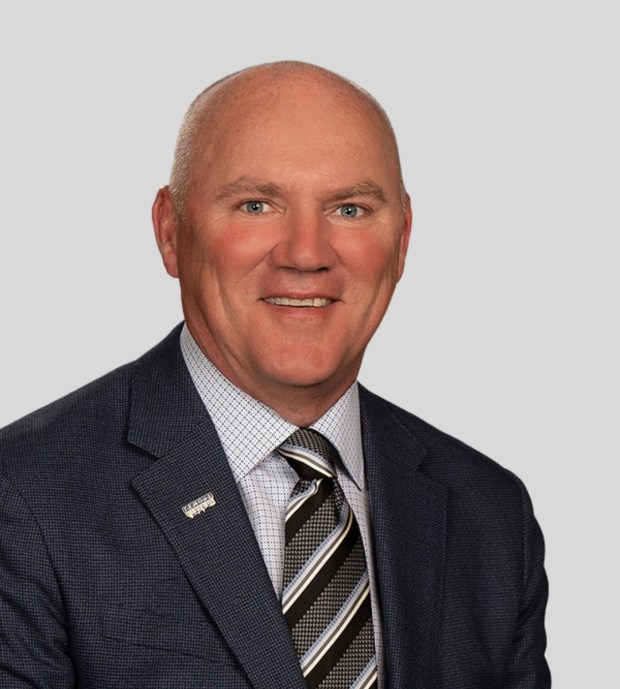Lemont candidates battling for three Village Board seats say commercial development, infrastructure and connectivity are top of mind for voters ahead of the April 1 election.
Incumbents Ken McClafferty, Kevin Shaughnessy and newcomer Samuel Forzley are running under Mayor John Egofske’s Party for Lemont slate, which also includes Clerk Charlene Smollen.
Both Egofske and Smollen are running unopposed.
Challenging the slate, running as independents, are incumbent David Maher and newcomer Mark Pawlak.
Shaughnessy, elected in 2021 to a four-year term, was Lemont’s police chief for 11 years before settling in the village.
McClafferty, seeking a third term, said he wants to continue advancing Egofske’s vision for the village’s growth.
“We want to keep the momentum moving forward,” McClafferty said. “Eight years ago, I ran alongside him and he had a 10-point plan that I want to implement, and we ended up being successful doing that.”
Forzley, a lifelong Lemont resident, retired optometrist and local tavern owner, said he wants to give back to the community he has long called home.
Each person on the mayor’s slate brings a unique perspective to the board, Shaughnessy said, and while they sometimes disagree, they all have the same goal of bringing quality developments to Lemont’s once blighted downtown, and working to improve the village’s infrastructure.
Maher, first elected in 2017, chose to run as an independent to align with his values, which he said is to say no when necessary and vote with the best interest of the village in mind. With his background as an engineer, Maher said he is detail oriented and thorough in analyzing every aspect of a proposal before making a decision.
Maher is the information technology director for a Christian insurance company and served for eight years on the Planning and Zoning Committee.
“I’m an independent thinker,” Maher said. “I’m passionate about what I do and I do educate myself on what’s happening when I vote, and I do ask the questions to make sure we’re getting what’s best for Lemont.”
Pawlak, who said he has volunteered in the community for the past 20 years, said he aims to bring a fresh perspective and contribute to the village’s growth. He and his wife, Wendy, run a real estate business, and Pawlak said his experience can help secure more commercial development while preserving the town’s unique character.
“It’s just a natural progression,” Pawlak said. “I wake up every day looking to see how I can help make a positive impact on my family and my surroundings in the community. So people have reached out to me to run. So that was just kind of answering a calling.”




Egofske said he seen the village transform over the past eight years, with a downtown once filled with vacant storefronts now bustling with activity. His slate aims to continue this growth while being selective about the types of developments they bring in, he said.
At first, attracting developers to Lemont was challenging because the village has limited drive-through traffic compared to neighboring towns, Egofske said. However, as the village grows, its focus is on preserving the historic downtown while striving to make Lemont a recreation hub in the Southland, he said.
Some of the slate’s plans include improving biking and pedestrian connections, protecting unincorporated borders and reviewing proposed developments, he said.
A significant development for the village was the Marbella of Lemont apartment complex in the heart of Lemont’s downtown, Egofske said.
While housing in the village is spurring growth, Maher said he questioned bringing in the Marbella project, with one of the reasons being plans for the complex did not include enough parking for the number of units.
“We’ve got to continue to work on it and we need to be smart about what we’re approving and how we’re approving it,” Maher said. “Like a 90-unit building that has 55 internal parking spots, they have to go elsewhere to park.”
Maher said the village has several unused industrial sites near Route 83, which have attracted truckers seeking safe parking and easy access to the highway. While providing truck parking is lucrative for lot owners, the heavy trucks place a significant strain on the village’s infrastructure, Maher said. Without home rule, Maher said, the village lacks the authority to implement a tax on truck traffic to help maintain the roads.
Maher said the village has made steady progress in improving its infrastructure over the years, but he is concerned about the village’s reliance on state and federal funding for these improvements, and worries some of that funding will be cut.
For example, Maher said the village is in the engineering phase for a project aimed at improving railroad crossings, which is supported by a multimillion-dollar grant.
“If the federal government pulls that funding, we can’t redo the railroad crossing,” Maher said. “We can’t afford that.”
For Pawlak, as the village grows, he said a strategic plan is needed to determine what is available to develop and how the village can attract quality businesses.
“What’s open, what’s available, what’s not in Lemont, what’s unincorporated, what we can incorporate and rezone and then attract businesses that could generate revenue to keep the taxes down,” Pawlak said.
Lemont’s downtown is a hub for small, locally owned businesses, many of which are run by residents, Egofske said. As the village looks to grow, McClafferty emphasized the importance of preserving the downtown’s character while also creating housing options for both seniors and younger generations, making it more affordable for everyone to live in Lemont.
“The intrinsic value of our community is its historic charm, and everything is built around that,” Shaughnessy said. “Nothing that we will do will move away from that, even though you have building, development and business, but it’s what makes Lemont Lemont.”
smoilanen@chicagotribune.com





